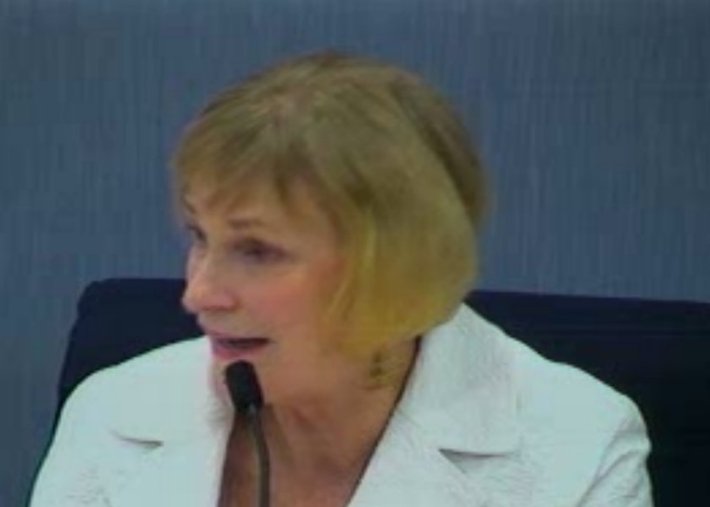After a second uneventful trial, it's as clear as ever that BART is due to lift the ban on bikes during rush hours.
The BART Board of Directors, which is set to vote on the policy change next week, held a hearing last week on the results of a one-week trial in March, during which the agency surveyed passengers about the effect of allowing bikes on trains during rush hours. The trial followed an initial experiment in August that lifted bike bans on four Fridays.
The results of the March trial were similar to those of the August trial, with 75 percent of survey respondents reporting that the change had "little or no effect on their trip." More promising is the finding that the number of respondents who favored retaining the bike blackout periods dropped from 37 percent in August to 23 percent in March.
"The bottom line is it was a non-event," said Alan Smith, vice chair of the BART Accessibility Task Force, who observed behavior on BART during the March trial.
Shirley Johnson, who conducted research for the SF Bicycle Coalition's Bikes ONboard campaign, pointed out that out of 36 major transit systems in the U.S., 75 percent allow bikes on board during rush hours, including the New York City subway.

Johnson also pointed out that "cyclists are already avoiding crowded trains" on BART during the periods when they are allowed on board, since not all of the most crowded trains run during the current blackout periods.
As a condition of lifting the bike blackouts, BART staff propose keeping bikes off only the first three cars of trains during rush hours -- a provision that was included the March trial. BART Bike Program Manager Steve Beroldo said the agency is also taking measures to better accommodate bikes, including expanding designated on-board areas for bikes and wheelchairs, as well as adding bike parking at stations. BART plans to launch a "bike etiquette" campaign to remind bike-carrying riders not to board crowded trains and to follow other rules, like the prohibition against bringing bikes on escalators.
"Our ultimate goal is not large numbers of bikes on trains, but a higher percentage of riders using bikes to access BART," said Beroldo.
With the SF and East Bay Bike Coalitions calling on supporters to urge the BART Board to lift bike blackouts, BART District Secretary Kenneth Duron said the agency received 87 emails generally supporting the policy change. "Unlike past types of campaigns we've received advocating for a particular position," he said, "each of these emails have all been personalized."
Commuter Disney Bolin told the BART board that to make her commute from West Oakland to San Francisco, she must leave two hours before work to board her BART train before the ban begins at 7 a.m. Her job is beyond walking distance from BART, and she feels safer biking to West Oakland BART station than walking, she said.
"My bicycle and I are very adaptable and don't take up very much room -- no more than someone bringing groceries, or luggage, or a cotton candy cart, or any of the other crazy things that I've seen taken on BART," said Bolin. "Just like any other customer, we're well aware that we should wait for the next train if it's already too crowded -- even if we don't have our bike."
Most BART board members seem to favor the policy change, but strong reservations were voiced by members Zakhary Mallett and Gail Murray, who shared anecdotes about their negative experiences with bicycle users.
"I'm sure most of you have experienced those rude bike riders who won't listen to anything," said Murray. "They talk back to you, they don't listen to you."
"I see a lot of possibilities for tension," she added. "Despite the fact that 99 percent of the bike riders are nice, it only takes those few to make the commuters who want quiet space angry."
BART Board President Tom Radulovich pointed out that when it comes to accommodating other transport modes, policy decisions aren't typically driven by "generalizations by mode of transit as a class of people."
"You rarely get a 'you people' thing with motorists," he said. "Although there's good motorists and bad motorists, there's good parkers, there's bad parkers, we tend to want to accommodate them -- same thing with walkers, but cyclists tend to be judged as a class, and judged by the bad apples."
"I don't want to always assume the lowest common denominator, because if we assume that self-policing is impossible, we couldn't have any public realm. We couldn't have public transportation, because we rely on the vast majority of people behaving according to the rules most of the time."





